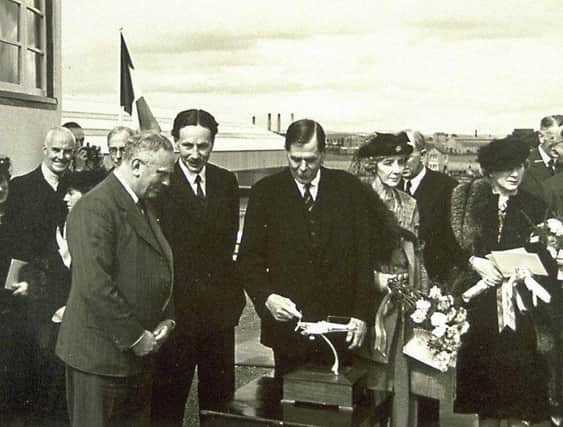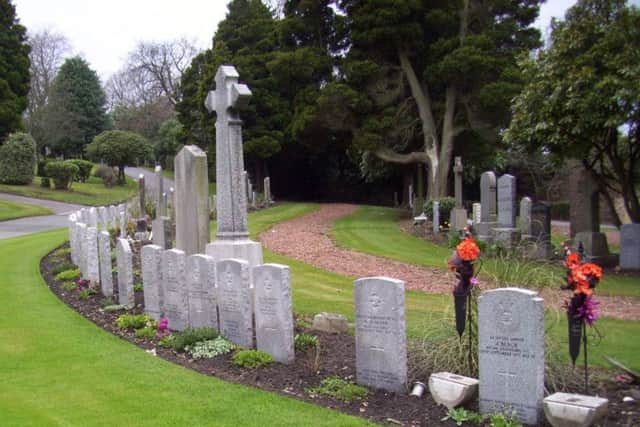Ian Scott: Grangemouth's chance to recall flyers' daring


The story of the airfield began in the mid 1930s. By early 1939 Scottish Aviation Limited had completed its detailed investigations and announced plans to provide what would be the largest airport in the country. Five hundred acres of farm land was purchased by the firm which had secured a Government contract to train pilots in preparation for the war that everyone seemed to expect. They had also decided that there was a real opportunity to develop a major commercial airport and within two months the new grass runways were in use for a commercial flight on the Shetland to London route. The first ticket was sold to Bailie Richard Bruce Peddie for £9 10 shillings and he flew south in a six-seater De Havilland Dragon Rapide. By June the airport was almost ready with 2000 feet of runway, a fine terminal building, a control tower and two large hangers. It cost £160,000 and was officially opened by Air Marshall Viscount Trenchard, the ‘‘Father of the RAF’’ on July 1. But the outbreak of war a few months later changed everything. The airport’s commercial activities came to an abrupt end as the military took over.
At first Grangemouth was designated as a base for fighter aircraft given the task of defending against enemy bombers aiming for our local iron works and dockyards. When the fear of such bombing raids declined, Grangemouth became a training centre where the young pilots were introduced to the Supermarine Spitfire and taught the skills of formation flying and gunnery and it remained in this role until near the end of the war. Over 60 young men, from Britain and all parts of the Commonwealth as well as Poland and Czechoslovakia, died while learning the daring manoeuvres demanded in those incredible times. In all, nearly 80 air and ground crew lost their lives while serving at Grangemouth and many are buried in a special part of Grandsable Cemetery.
Advertisement
Hide AdAdvertisement
Hide AdWith the peace came a change of heart and the ambitious plans were abandoned as was the airfield. In 1955 it was closed to flying altogether and its runways provided practice ground for learner drivers and courting couples. By the 1960s it was being ripped up and gradually filled with streets, houses, warehouses and factories. The hangers survive but that’s about all.


But the service and sacrifice of those who came here has never been forgotten by 1333 Grangemouth (Spitfire) Squadron Air Training Corps. Five years ago this month the full size replica Spitfire was unveiled after a long campaign by the cadets who had been inspired by visits to Poland as guests of the Polish Air Force whose pilots had played such a distinguished part in the story of RAF Grangemouth. It stands as a reminder to the present generation and those still to come that the land surrounding the memorial once thronged with young men and women and hummed with the sound of propellers turning and engines roaring as they prepared to defend the liberty which we all take for granted today.